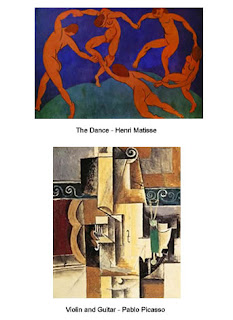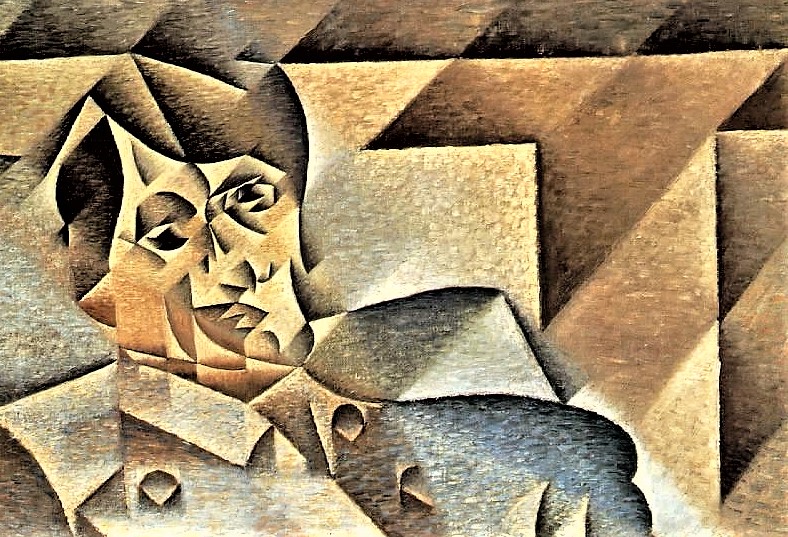


This first phase of the movement was called Analytic Cubism. Some historians have argued that these innovations represent a response to the changing experience of space, movement, and time in the modern world. Cubists explored open form, piercing figures and objects by letting the space flow through them, blending background into foreground, and showing objects from various angles.The artists abandoned perspective, which had been used to depict space since the Renaissance, and they also turned away from the realistic modeling of figures.A number of artists adopted Picasso and Braque's geometric faceting of objects and space including Fernand Léger and Juan Gris, along with others that formed a group known as the Salon Cubists. Artists working in the Cubist style went on to incorporate elements of collage and popular culture into their paintings and to experiment with sculpture. The movement was one of the most groundbreaking of the early-20 th century as it challenged Renaissance depictions of space, leading almost directly to experiments with non-representation by many different artists. Rather than modelled forms in an illusionistic space, figures were depicted as dynamic arrangements of volumes and planes where background and foreground merged.

Drawing upon Paul Cezanne’s emphasis on the underlying architecture of form, these artists used multiple vantage points to fracture images into geometric forms. Cubism developed in the aftermath of Pablo Picasso's shocking 1907 Les Demoiselles d'Avignon in a period of rapid experimentation between Pablo Picasso and Georges Braque.


 0 kommentar(er)
0 kommentar(er)
